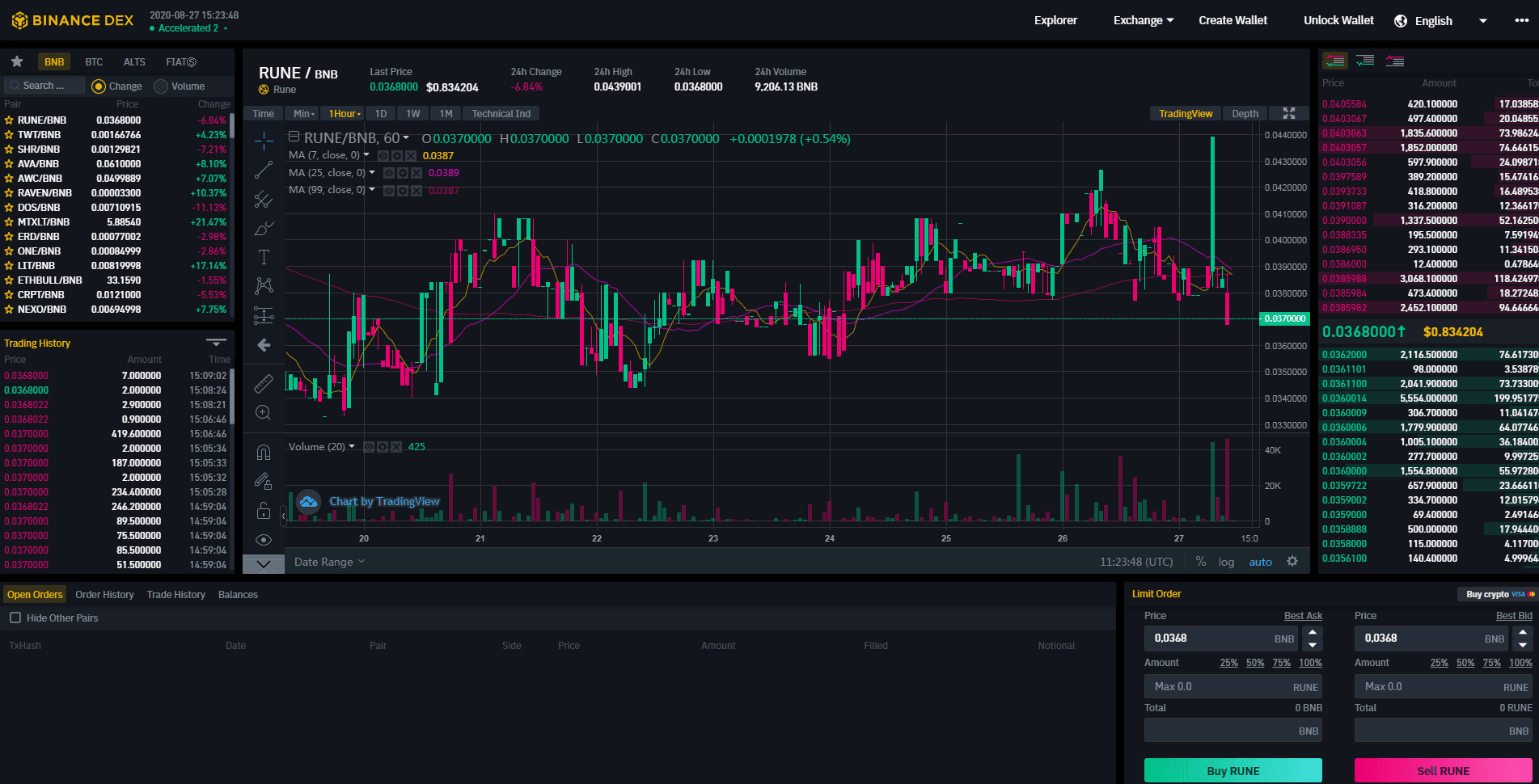What to anticipate in a Girl
September 16, 2022Как Делать Ставки На Спорт В Букмекерских Конторах Правильно: Советы, Стратегии Для Начинающи
September 17, 2022Content
In other words, liquidity is a measure of how easily an asset can be converted into cash. Liquidity pools already have reserves of the crypto pair you wish to exchange, allowing for faster, trustworthy exchange. From the what is liquidity mining inception of capitalism, banks have played a significant role in the economy. If such restrictions apply to you, you are prohibited from accessing the website and/or consume any services provided on this platform.
A liquidity pool is a collection of digital assets accumulated to enable trading on a decentralized exchange . A DEX is an exchange that doesn’t rely on a third party to hold users’ funds. Since Automated Market Makers determine prices on liquidity pools, assets locked up in their smart contracts are subject to constant change. Some crypto liquidity pools also provide the option of staking liquidity pool tokens in exchange for earning the platform’s native token. Before liquidity pools can achieve their principal function of providing enough liquidity for crypto markets worldwide, they will require the tokens of liquidity providers.
Making Money With Crypto Liquidity Pools
With a variety of different platforms and liquidity pools available, it can be difficult to determine where the best place to put one’s crypto might be. Yield farming involves locking up tokens in different DeFi apps in such a way as to maximize potential rewards. One of the first decentralized exchanges to introduce such a system was Ethereum-based trading system Bancor, but was widely adopted in the space after Uniswap popularized them. Although liquid asset pools provide users with an opportunity to earn yield on crypto that would otherwise be idle, using them to build passive income also come with risks.
- While buyers try to buy an asset at the lowest price possible, sellers try to sell it for as high as possible.
- The notable services on the liquidity pool include the wallet, stablecoin, lending applications, swapping, and DAO.
- These users receive liquid pool tokens as a reward, which are a portion of the fees from trades that occur within the pool.
- Anyone with crypto can be a liquidity provider ; however, there are risks.
ICTE leverages a DeFi protocol, which facilitates connections between regional cloud-based exchanges across different blockchain networks. Earlier, most traditional finance instruments, such as stock exchanges, were based on the order book model. The transactions are further processed only when the buyers and sellers agree on a certain asset price. Although smooth, this model didn’t seem to go well with the crypto space.
What are synthetic assets in decentralized finance
Users of DeFi protocols “lock” crypto assets into these contracts, called liquidity pools, so others can use them. Liquidity pools are crypto assets that are kept to facilitate the trading of trading pairs on decentralized exchanges. Most people prefer using https://xcritical.com/ liquidity pools as a financial tool to participate in yield farming (also called “liquidity mining”). Simply put, yield farming is the process of providing liquidity to a pool in order to earn a portion of the fees that are generated from trading activity.

Prices offered for exchanges on liquidity pools are not influenced by bias or greed, which P2P exchanges can be affected by because traders determine the trading price of their exchanges. The process through which users of liquidity pools acquire their crypto pairs is secure compared to that of a P2P transaction. CoinDesk is an independent operating subsidiary of Digital Currency Group, which invests in cryptocurrencies and blockchain startups. CoinDesk journalists are not allowed to purchase stock outright in DCG. SushiSwap and Uniswap are common DeFi exchanges that use liquidity pools on the Ethereum network containing ERC-20 tokens.
What is Impermanent Loss in Crypto?
However, Curve is uncommon because it does not yet have a native token, though one may be coming soon. Because of this, it offers to exchange for several pools of stablecoins and crypto assets, such as Compound, BUSD, and others. There are seven separate pools on the platform, each with a unique ERC-20 pool pair. After the agreed-upon amount of time, you’ll be given the SUSHI token you committed to keeping secure.

If you withdraw your tokens at this point, you get 10% of the pool, which is $1200. Software evangelist for blockchain technologies; reducing friction in online transactions, bridging gaps between marketing, sales and customer success. Over 20 years experience in SaaS business development and digital marketing. Liquidity pools in DeFi could play a conclusive role in addressing these problems. Liquidity pools list started growing primarily due to AMMs, which solved the problem of liquidity.
What Are Liquidity Pools? DeFi Liquidity Explained
Thanks to its AMM , it can keep prices fair – by collecting information about prices from different exchanges and automatically setting the ratios between the tokens of each pair. Kyber Network – Kyber has ranked among the best liquidity pools, thanks in large part to its improved user interface. DApps can provide liquidity thanks to the on-chain Ethereum-based liquidity mechanism.

The Kyber Network native coin, KNC, is fundamental to its liquidity pool. KNC token is a critical component of the control of the Kyber ecosystem as well as rewards provided by the Kyber network. As a result, consumers can stake their KNC tokens to participate in ecosystem governance and earn rewards in accordance with the terms of smart contracts.
Liquidity Providers (Liquidity Miners)
Earlier, when AMM was not introduced, the liquidity of the crypto market was a major challenge for DEX. The decentralized exchange was new, having a complicated interface to understand. Liquidity pools keep the decentralized exchange stable by preventing slippage.
Impermanent loss
For instance, a smart contract with about $1 million can be considered secure. Think of it as the traditional finance system that loans money with the difference being that in CeFis, liquidity is provided by a central source such as a stock exchange or bank. Divergence losses are also called “impermanent losses” because losses may be nullified once token prices return to levels when they were staked.
